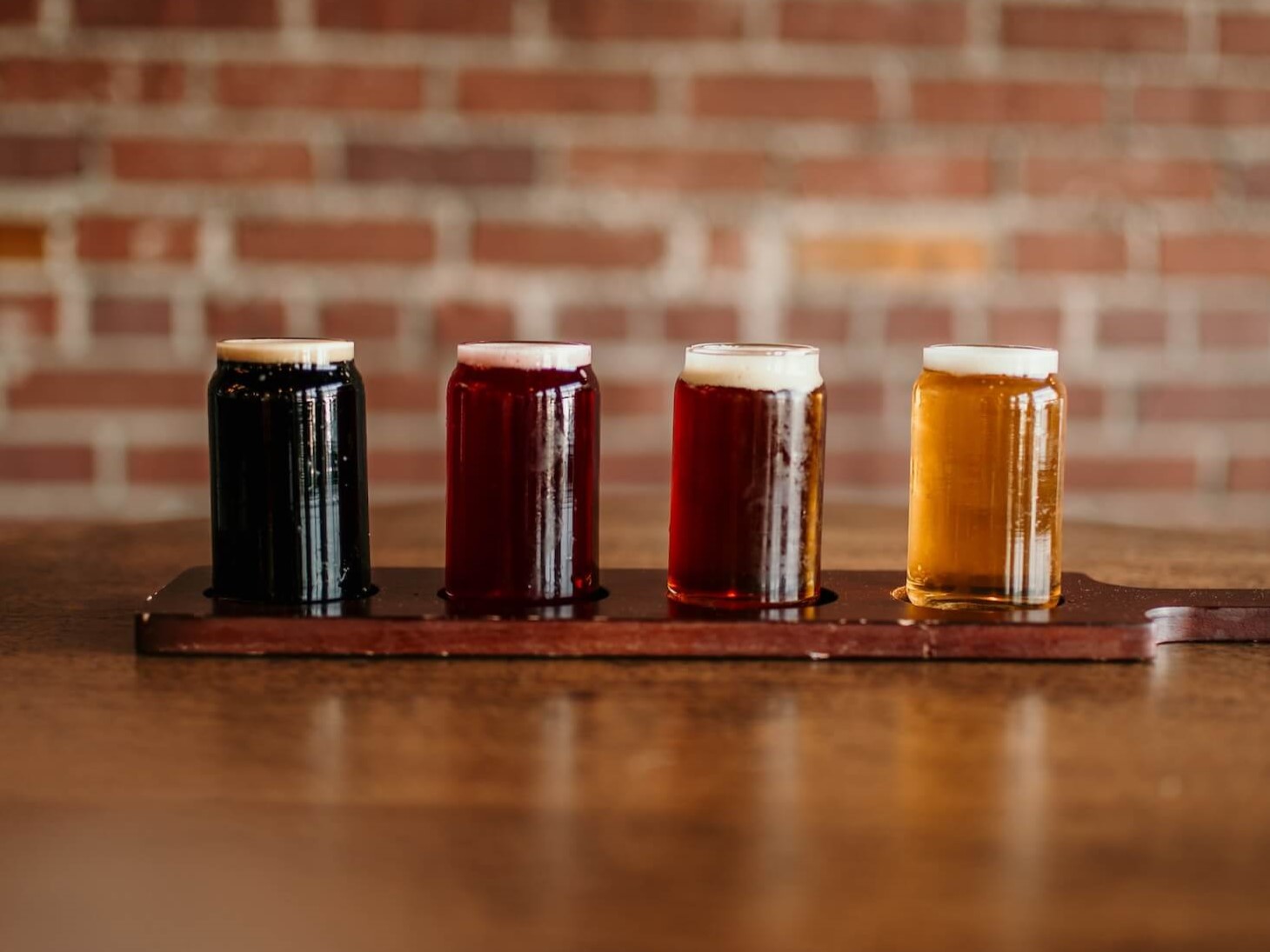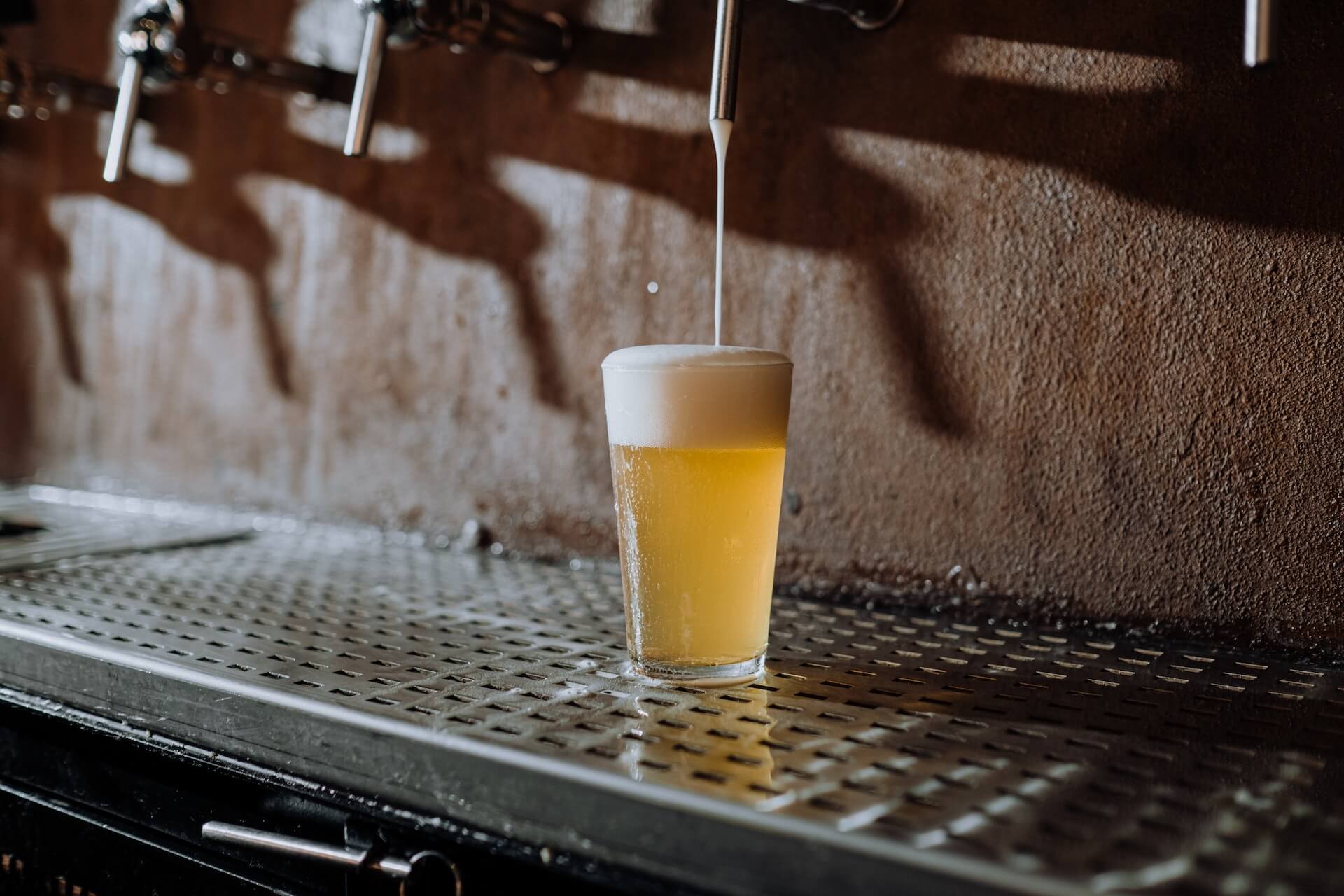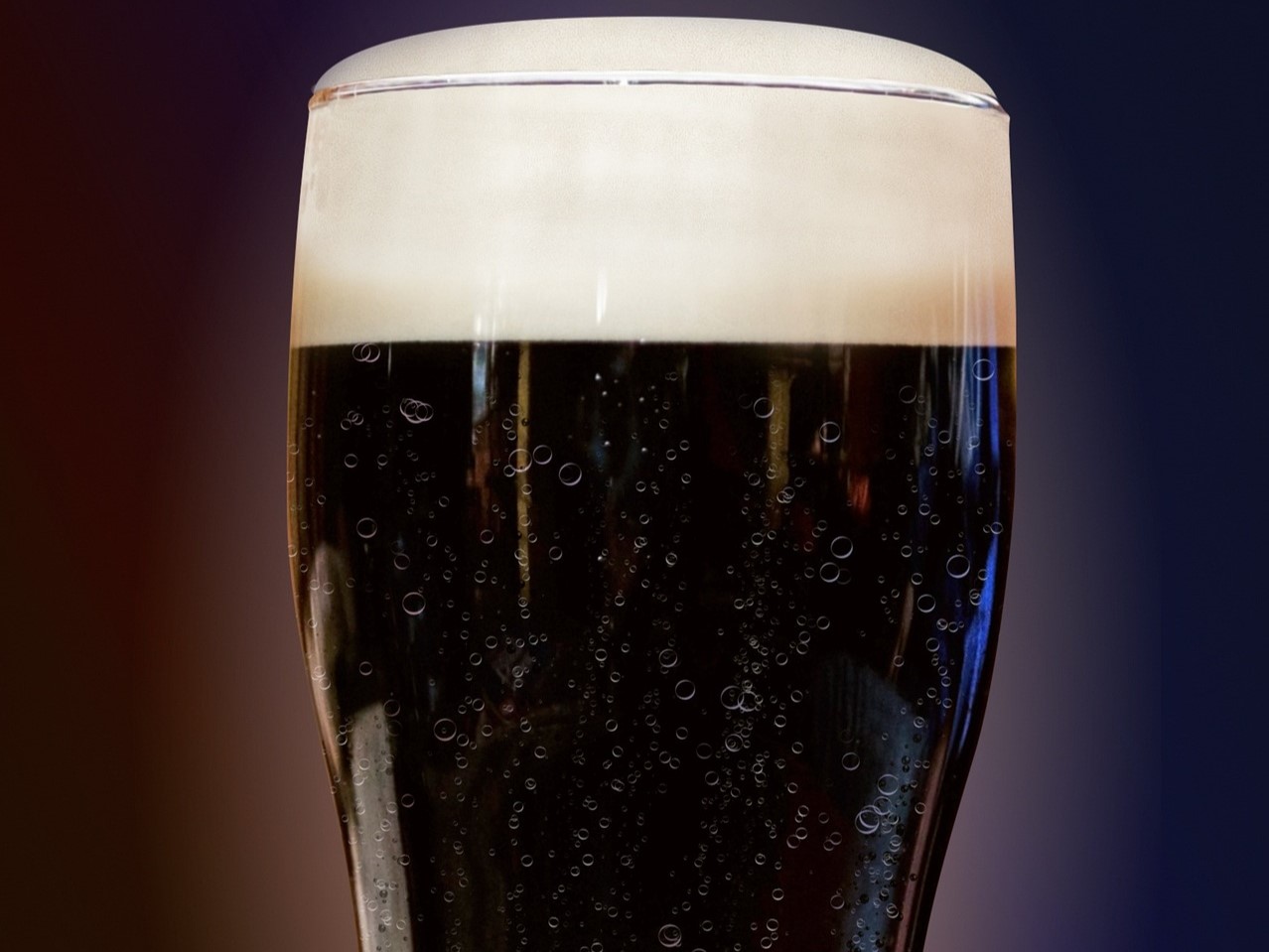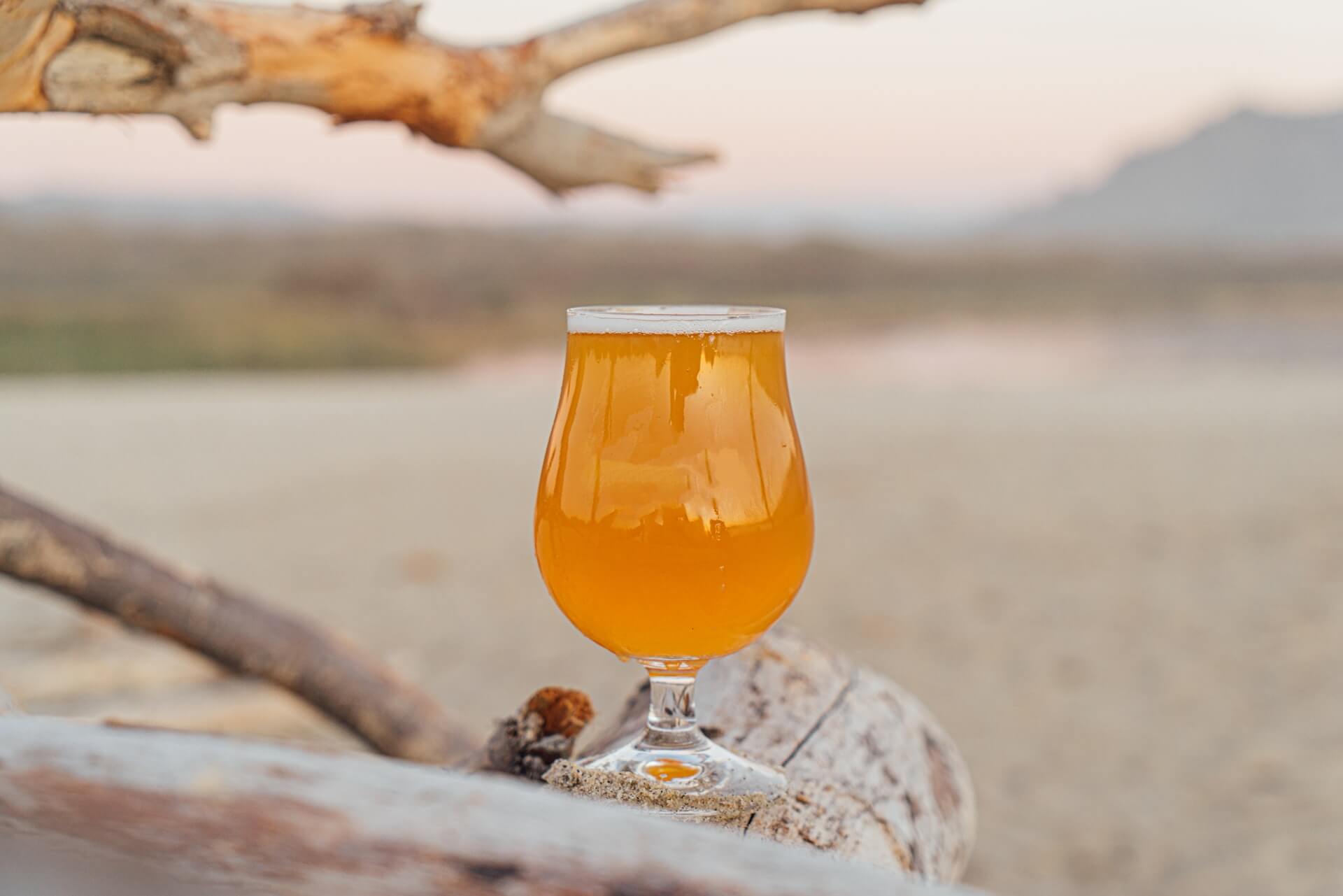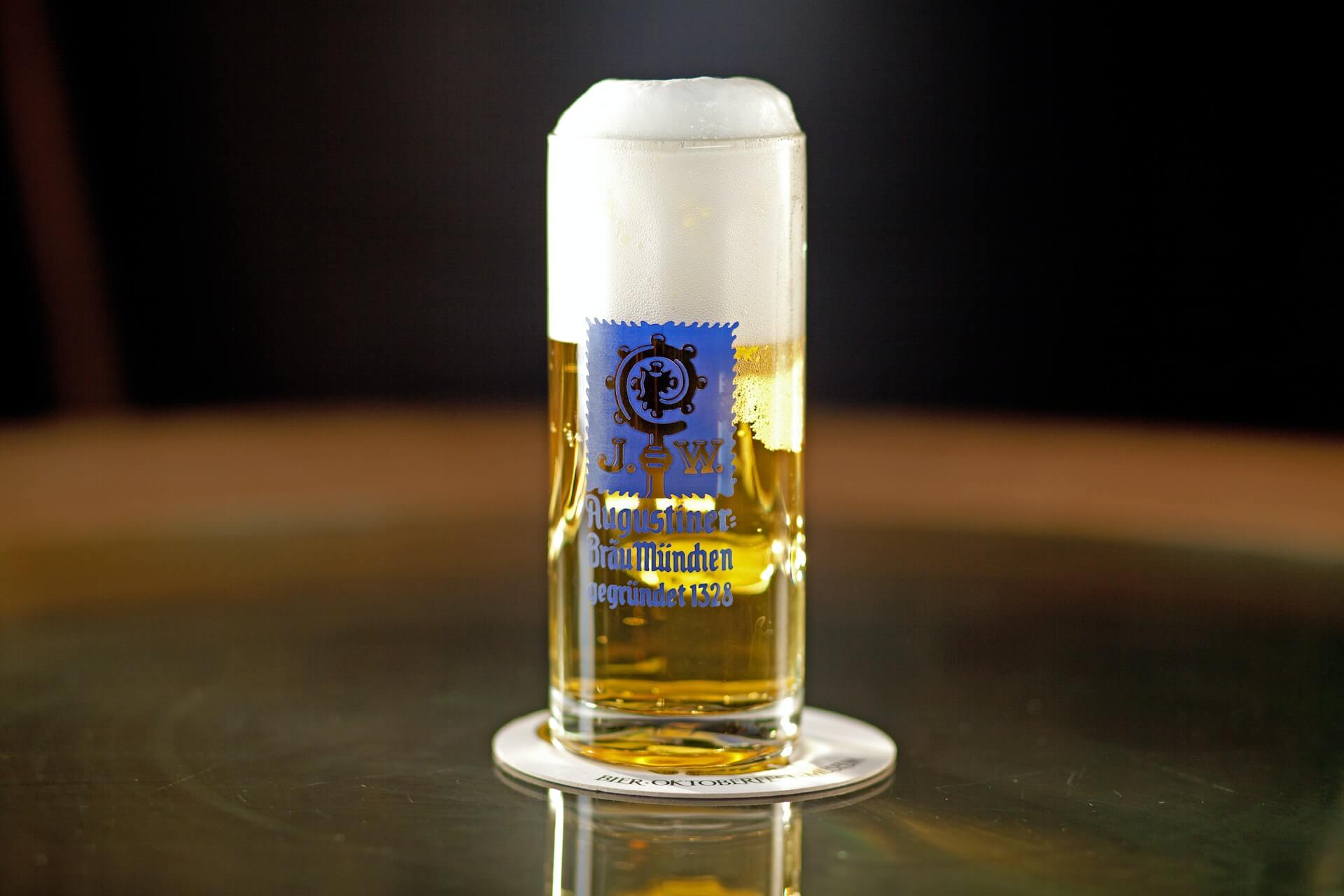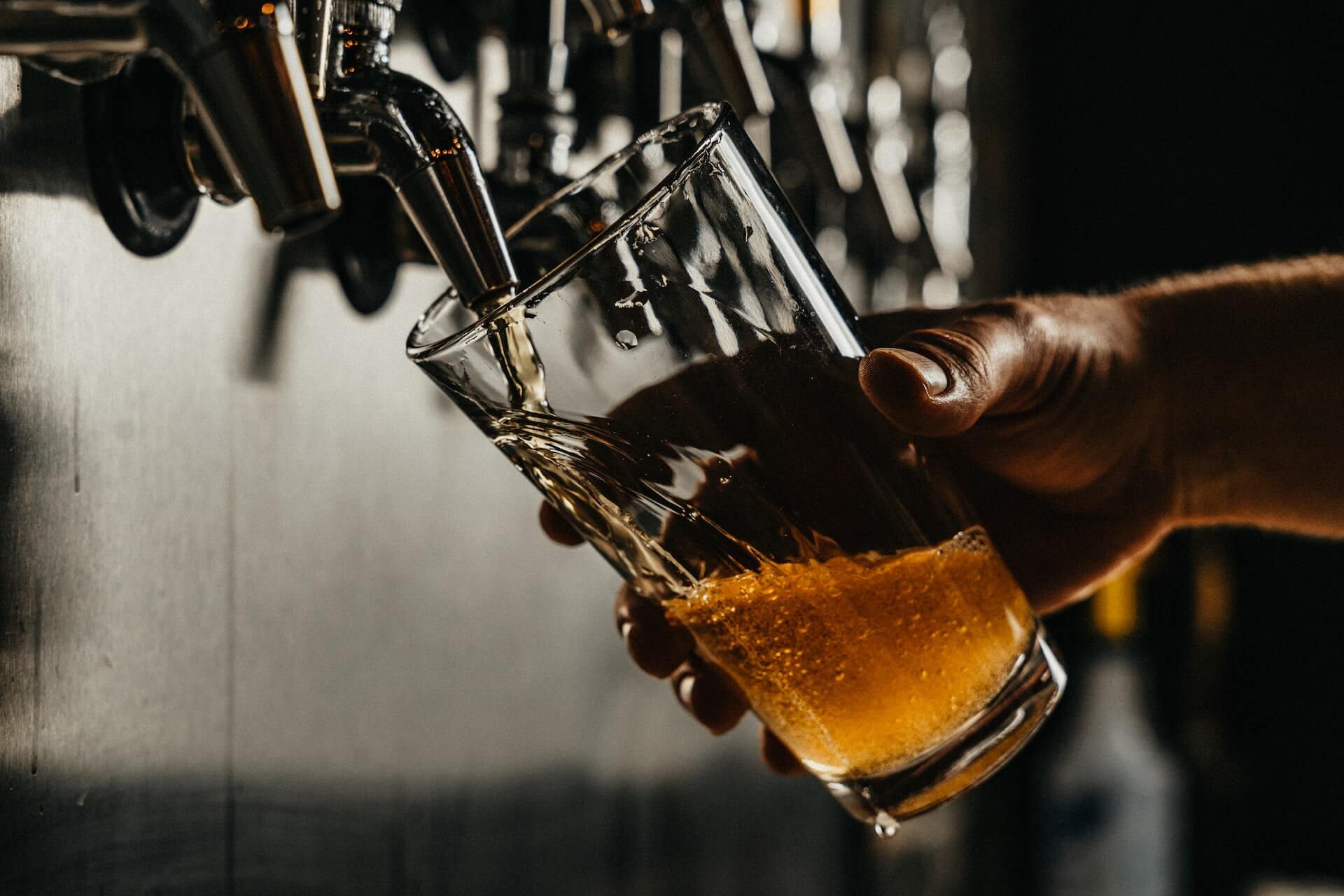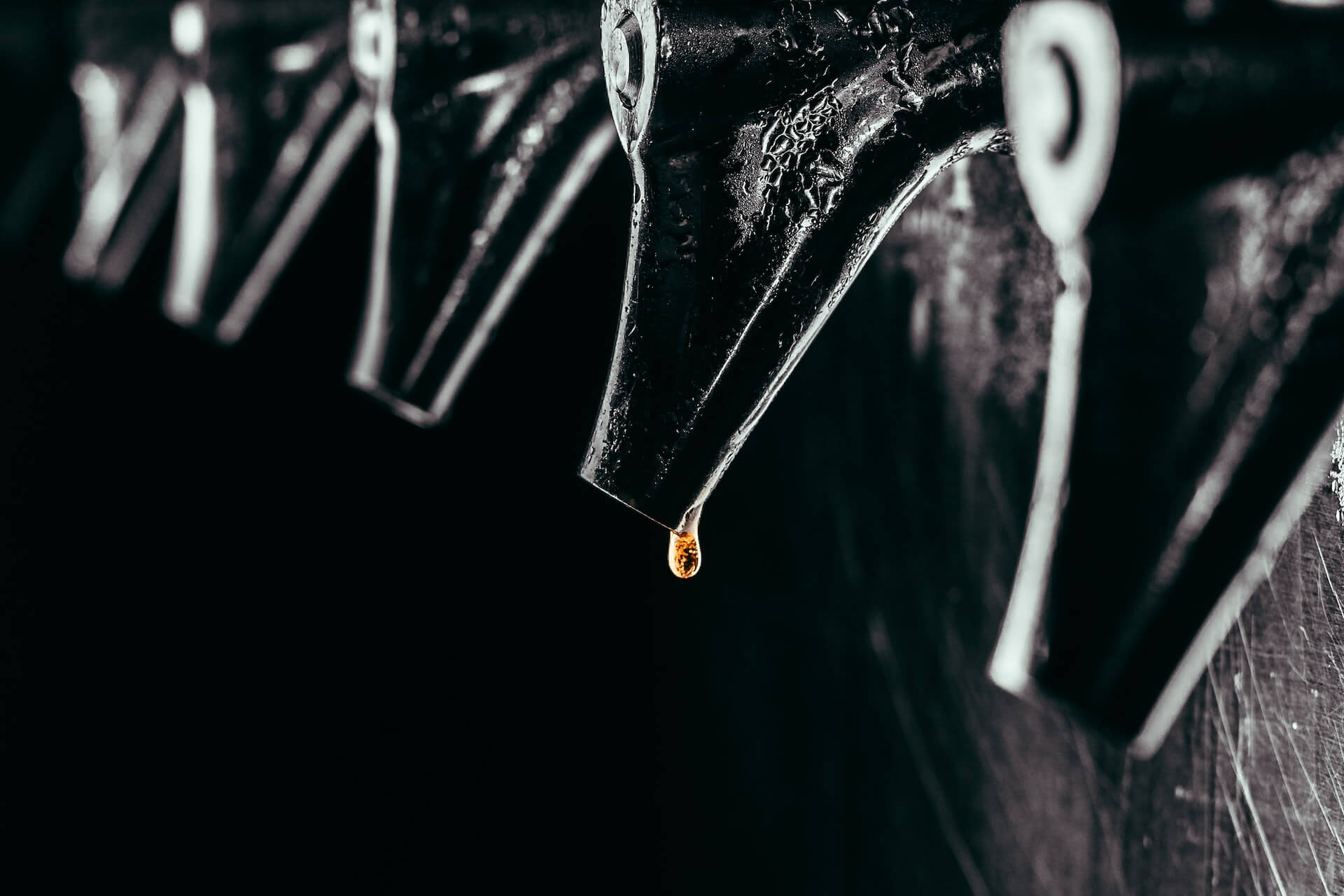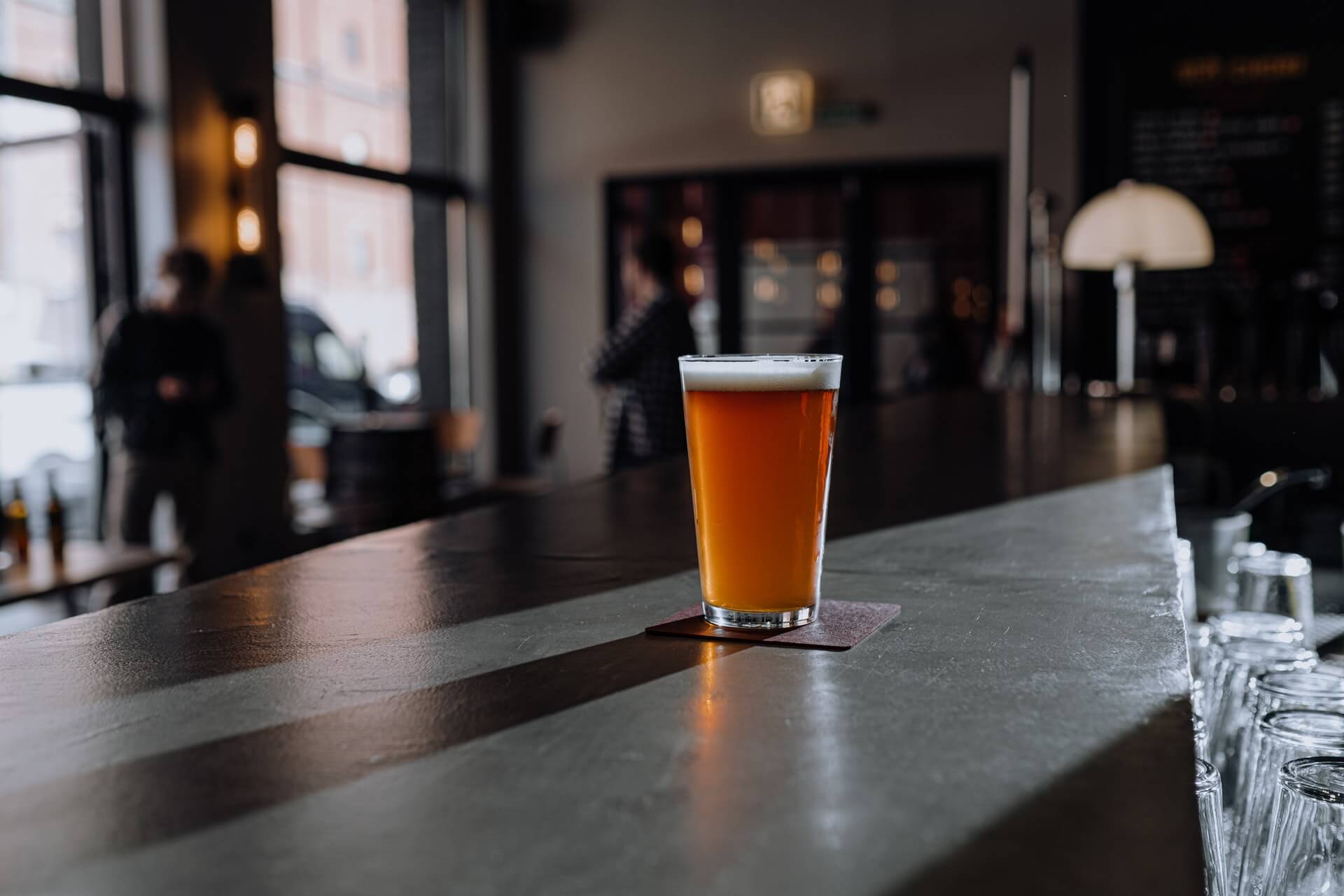Celebrating the Goat of Beer Styles
by David Klemt

On Wednesday, March 20, operators and their teams have the opportunity to celebrate the “goat” of beer styles with their guests.
I’m talking about Bock Beer Day, the day we raise a glass to a several-centuries-old beer style. Just like I did with Baltic Porter Day last year, I’m going to do a bit of a deep dive into this diverse brew.
Now, please note that I say Bock is the goat, not the GOAT. I’m not claiming that Bock is the greatest beer of all time. (Although, this style does make a compelling case for the GOAT title.)
Rather, the German word bock translates to “goat” in English. And why would Germans name a beer after the hollow-horned relatives of sheep? Well, it all comes down to accents.
Beer experts and historians agree that we can trace the first brewing of Bock beer to Einbeck, a town in Germany, in the 14th century. As the story goes, people in Germany pronounced the Einbeck as ein bock, which translates to “a goat.” Hence, goat, not GOAT.
However, as I said, this style of beer does have a realistic claim to the beer throne. It’s a wide-ranging style that has many variants. Of course, Bock itself is related to another style: Lager. In particular, brewers tend to view it as a “cousin” of Amber Lager.
Over time, Bocks have evolved a bit. Once considered a “strong” Lager high in alcohol content, the style is much more varied now. A Bock can be low-ABV (I found one that’s just 3.5% ABV) to high test. It can be pale or dark, and every shade in between.
One thing Bocks do have in common, however, is a sweet, malty note on the palate.
Styles of Bock
There are several styles within this style of beer. Savvy operators will realize that positions Bock well for flights, pairings, and tastings.
In fact, Bocks are excellent for multi-course dining events. That can mean three courses (starter, main, dessert) to four or more.
Oh, and for those wondering, Bock pairs well with Asiago, Parmesan, and Cheddar cheeses.
Some styles operators and their bar teams will want to consider are:
- Doppelbock
- Dunkels Bock, a.k.a. Traditional Bock
- Eisbock
- Helles Bock, a.k.a. Maibock
- Texas Bock
- Triple Bock
- Weizenbock
American Bock Beers
Kicking off the list below is Shiner Bock. When it comes to American Bock beer, this Texas brew is likely the most well known.
Interestingly, there are people deeply entrenched in the beer world that believe Texas is the epicenter of Bock beer in the US.
Of course, there are craft brewers all over the country producing Bock beers. With that in mind, I encourage operators to look into breweries in their state to learn who’s crafting this style of beer.
A word of warning: Many breweries produce Bock seasonally or in limited runs, so they can be difficult to find.
- Shiner Bock (Shiner, Texas)
- New Glarus Uff-da Bock (New Glarus, Wisconsin)
- Rogue Dead Guy Ale (Newport, Oregon)
- Genesee Spring Bock (Rochester, New York)
- Community Beer Co. Texas-style Bock (Dallas, Texas)
Candian Bock Beers
Similarly to the US, it takes a fair bit of research to find Bock beers in Canada.
However, I think operators who put in the effort will find it rewarding. It’s smart business to find out who can supply Bocks (and other craft beers) so operators can support local brewers.
Below is a short list of brewers in BC and Ontario who produce Bock beers.
- Howl Brewing Winterbock (Victoria, British Columbia)
- Hoyne Brewing Co. Weizenbock (Victoria, British Columbia)
- Vancouver Island Brewing Hermannator Ice Bock (Victoria, British Columbia)
- Pacific Western Brewing Co. Schwarzbock (Prince George, British Columbia)
- Blackburn Brew House General Bock (Niagara Falls, Ontario)
Image: Cédric Streit on Unsplash



